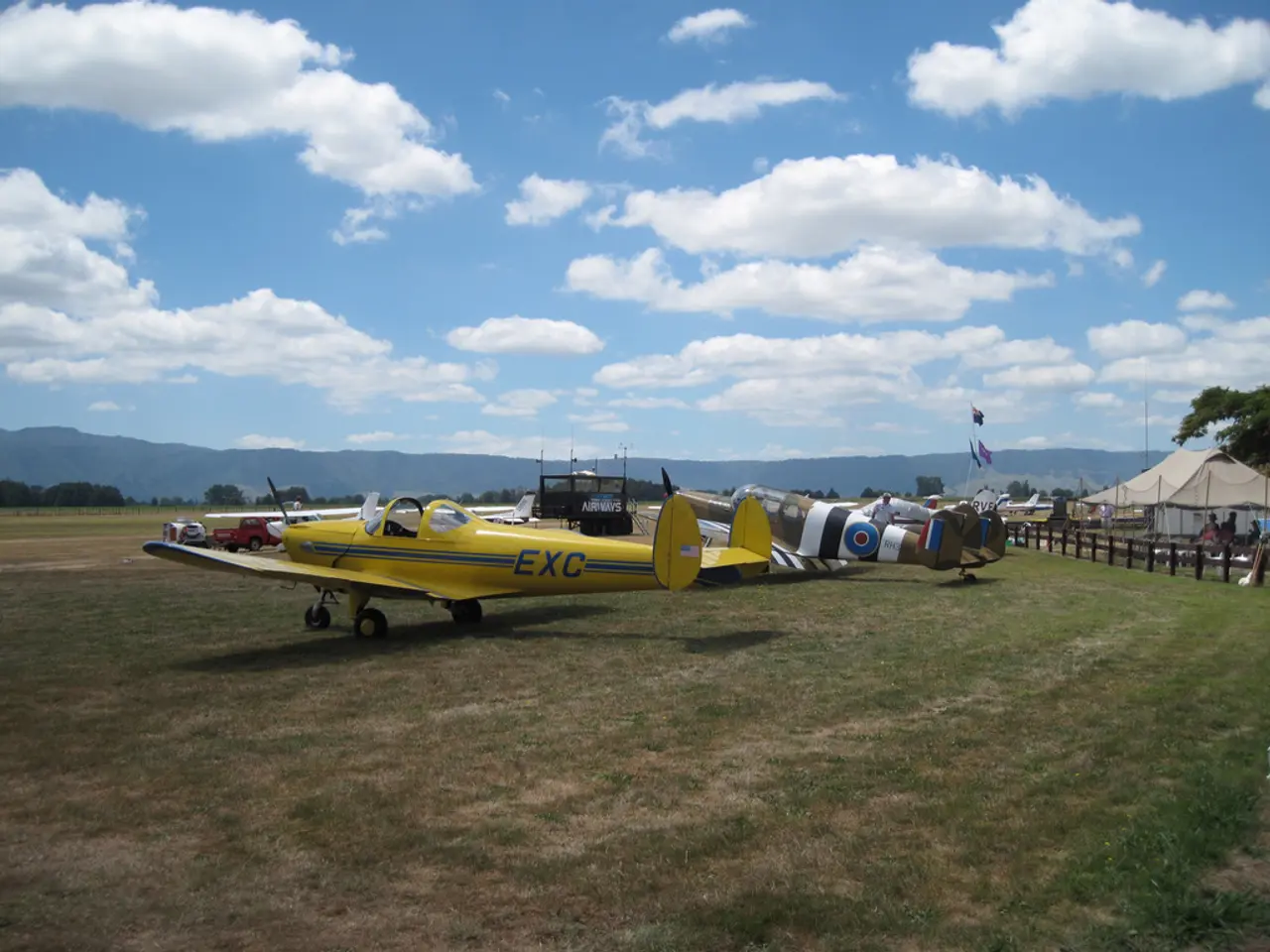Overnight rainfall predicted to pose flood risks and landslide threats in Central South Korea
**South Korea Braces for Heavy Rain and Potential Flooding**
South Korea is gearing up for a period of intense rainfall, with meteorologists predicting 150 to 200 millimeters of rain from Wednesday evening through Thursday. The country's emergency authorities have issued a nationwide alert, urging residents to take precautions and stay informed.
The Korea Meteorological Administration (KMA) has raised the national landslide alert to the "Caution" level at 2:30 p.m., covering all major regions including Seoul, Incheon, Busan, Daegu, Daejeon, and Jeju Island. This alert is in response to a potential intense rain event during the summer monsoon season, which began earlier than usual this year.
Residents are advised to stay indoors during the heaviest rainfall and avoid flood-prone areas. The highest-risk period for the potential intense rain event is Wednesday night and early Thursday. The affected areas include Seoul, the surrounding Gyeonggi Province, the central Chungcheong region, Gangwon Province, and parts of the southwest.
The public is urged to monitor updates and stay away from riverbanks, underground spaces, and steep slopes. South Korea's urban areas, particularly those near hillsides or with outdated drainage systems, are particularly vulnerable during monsoon rains. Such a volume of rain can overwhelm drainage systems, flood low-lying roads, and trigger landslides in hilly terrain.
The Central Disaster and Safety Countermeasures Headquarters, operated by the Ministry of the Interior and Safety, has entered Level 1 activation. All relevant authorities have been instructed to stay fully mobilized and issue disaster alerts across various platforms. National agencies are coordinating emergency preparations.
Acting Interior Minister Kim Min-jae has warned that the risk of landslides and flash floods is high due to continued rainfall from the weekend. Additional heavy downpours are expected in southern regions and Jeju Island later this week.
Earlier this month, the monsoon brought intense rain between June 19 and 21, with hourly rates exceeding 30 mm in central areas. After this early intense rainfall phase, the monsoon front stalled near the inter-Korean border, leading to a period of reduced rainfall but continued high humidity and heat. Meteorologists caution that although the rain temporarily stopped, the monsoon front has not fully ended and could become active again depending on atmospheric conditions.
The public is encouraged to follow updates from official sources and take necessary precautions to ensure their safety during this period of heavy rainfall.
- The Korea Meteorological Administration (KMA) is conducting weather-forecasting to predict the intensity of rainfall, advising residents to stay indoors and avoid flood-prone areas, as South Korea braces for heavy rain and potential flooding.
- Given the high risk of landslides and flash floods due to continued rainfall, the Central Disaster and Safety Countermeasures Headquarters has entered Level 1 activation, urging the public to monitor updates and follow safety measures, while South Korea's weather-forecasting systems remain vigilant.








